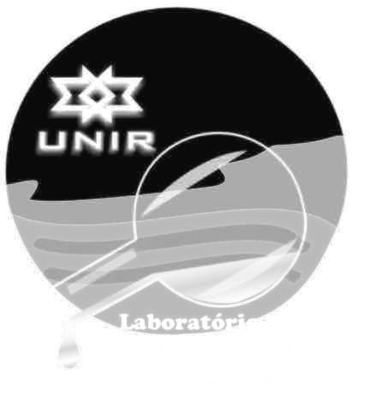Publicações 1982
Heavy metal pollution
ARTIGOS & PERIÓDICOS
Chromium in water, suspended particles, sediments and biota in the Irajá River estuary
W.C. Pfeiffer, M. Fiszman, L. Drude de Lacerda, M. van Weerelt, N. Carbonell
Abstract: Analyses of chromium concentrations in waters, suspended particles, bottom sediments, fish (Poecilia reticulata), plants (Paspalum vaginatum, Sesuvium portulacastrum, Philoxeros vermicularis), soils and barnacles (Balanus sp.) were performed from August 1976 to September 1980 in samples collected from the Irajá River and inside its estuary in Guanabara Bay (Rio de Janeiro, Brazil).
Sediments and water from the Irajá River showed chromium concentrations of 17 536 and 23.39 ppm—a thousand times higher than the published data for freshwater systems.
Chromium removed from solution by bottom sediments reaches Guanabara Bay linked to particulate matter. Fish and emergent grass inside the river concentrate chromium from water and/or sediment, returning the metal to the system as detritus.
Soil and plants inside the estuary concentrate chromium thirty and ten times higher than in the control area. The vegetal community exhibits a concentration factor smaller than that related to soil and prevents the return of chromium to the estuarine waters.
Inside the Guanabara Bay, Balanus sp. appears to be an effective biolog monitor as it concentrates chromium in soft tissues 10³ times higher than values found in suspended particles (0.012 μg ml⁻¹).





